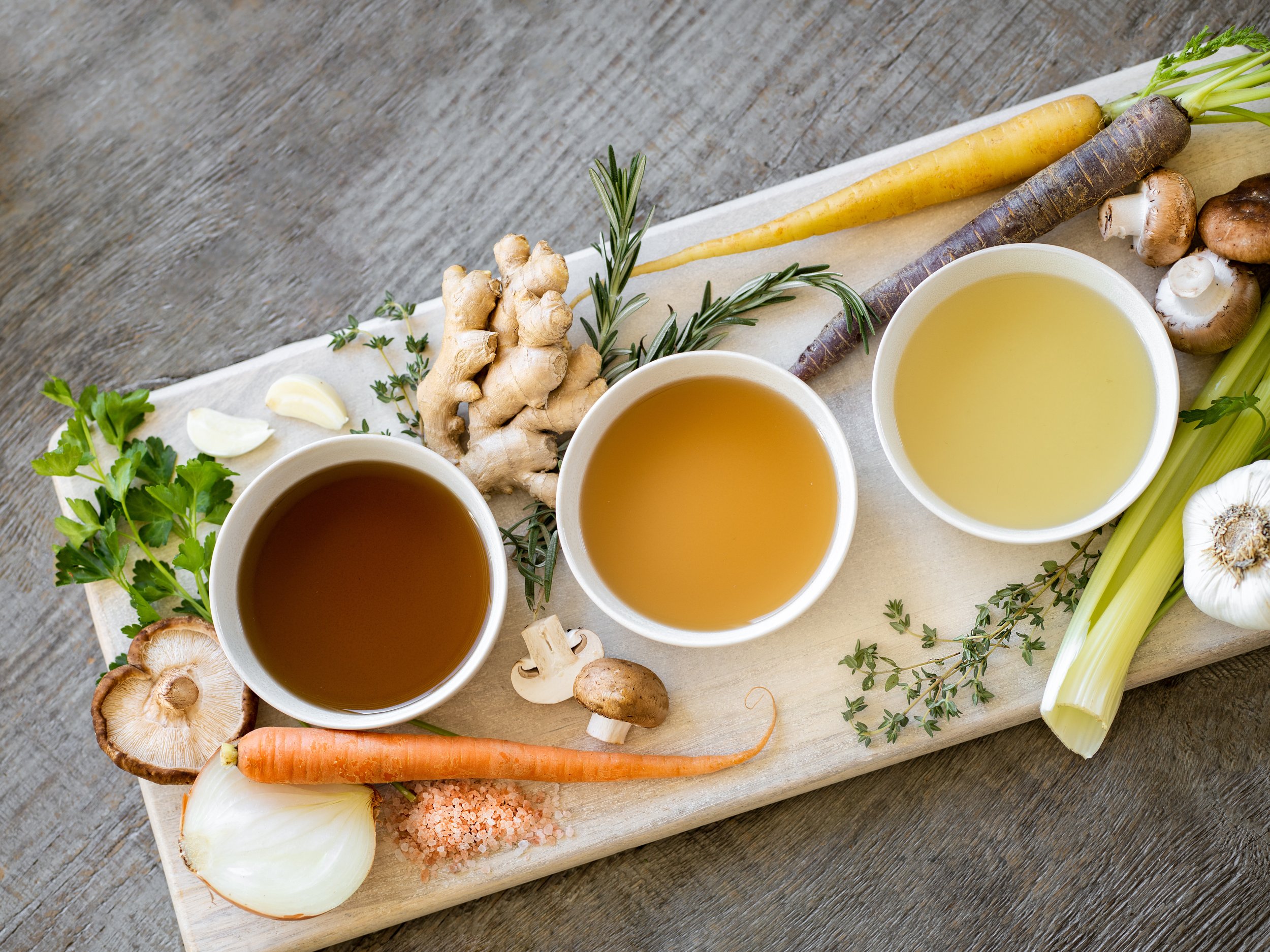Breaking Down Gut Health
Odds are if you have explored the world of gut health to any extent you have come across the term “gut microbiome.” Although this is a standard term within the scientific community, the complexity of the gut microbiome is still not fully understood.
So, first, what is the gut microbiome?
It’s trillions of microorganisms including bacteria and archaea that inhabit the gastrointestinal tract of all living creatures. In humans, it functions to stimulate the immune system, synthesize, and activate vitamins and hormones, secrete metabolites that regulate appetite and gut motility, and even contain enzymatic properties that break down food components (Harvard 2020). Additionally, the microbiome is also referred to by different terms including microflora and microbiota.
Sounds important right? It is important for our gut microbiome to be strong and diverse in its population as it is a thriving ecosystem. Important aspects of feeding a healthy gut microbiome include prebiotics and probiotics through eating whole foods and adding in additional supplementation when necessary.
Prebiotics
Prebiotics are specialized plant fibers that are not digested and promote the growth of good bacteria. We like to think of prebiotics as the appetizers to the party as they are also known as ‘food for microbes.’ These special fibers can be found in nearly all plants including fruits, vegetables, legumes, and whole grains but especially in oats, apples, bananas, asparagus, onions, and beans. Prebiotics can also be supplemented within the diet as prebiotic capsules or fiber supplements. Overall, prebiotics support the growth of probiotics within the microbiome and support that thriving ecosystem (Lindshield 2018, Herman 2020).
Probiotics
Probiotics are the live microorganisms that are eaten and populate in the digestive tract. We usually refer to these as the people at the party! These are also known as the ‘good microbes’ and can be used to repopulate a damaged microbiome or after an infection or use of antibiotics. Foods that contain natural probiotics include yogurt, kefir, kimchi, sauerkraut, and kombucha. Probiotics can also be found as supplements in capsule form as well. When aiming to identify a good probiotic supplement, one should look for at least 1 billion colony-forming units containing Lactobacillus, Bifidobacterium, or Saccharomyces boulardii strains (Lindshield 2018, Herman 2020).
Improving your gut microbiome
Supplements are great to help repopulate the gut microbiome and improve the strength of our digestive tract, but management of stress, participation in joyful movement, and supporting adequate sleep also contribute to healthy gut function.
We each have a unique microbiome that needs to be cared for, nourished, and supported through nutrition, lifestyle, and if needed, supplementation. This is why we take an individualized approach to supporting gut health and its connection to the rest of the body systems.
For more information on nutrition for gut health, check out our blog “Delicious Recipes for Gut Health and Hormone Balance.”
Interested in learning more about your microbiome?
We’d love to work with you! Schedule a complimentary Meet + Greet session. We look forward to finding individualized solutions to fit your needs.
Published: August 13th, 2023.
This blog post was written by Amanda Brainerd MS, RD, LD, CSCC, a dietitian at Katie Chapmon Nutrition. She works with clients virtually and is accepting new clients.
-
Lindshield, Brian, "Kansas State University Human Nutrition (FNDH 400) Flexbook" (2018). NPP eBooks. 19. https://newprairiepress.org/ebooks/19
Hermann, M. (2020). Discover the World of Postbiotics—Today’s Dietitian Magazine. Today’s Dietitian. https://www.todaysdietitian.com/newarchives/JJ20p20.shtml
Harvard School of Public Health. (2020). The Nutrition Source - The Microbiome. Accessed May 19, 2022. https://www.hsph.harvard.edu/nutritionsource/microbiome/#future-microbiome-research.
Tseng CH, Wu CY. The gut microbiome in obesity. J Formos Med Assoc. 2019;118 Suppl 1:S3-S9. doi:10.1016/j.jfma.2018.07.009

